Why are the fish in this unspoiled lake facing a crisis after existing for 2 million years?
P
Mongolia’s Lake Hovsgol is surrounded by rugged mountains and snowy hills. Its steep slopes are adorned with a variety of wild flowers and its forests are home to wolves, moose, and elk. Despite its isolated location, there are several small towns, tourist accommodations, and traditional Mongolian gers (felt tents) along the shore, as well as grazing animals such as sheep, goats, and yaks.
Lake Hovsgol, situated in northern Mongolia and just a short distance from Russia, is the largest and deepest lake in the country in terms of volume. Its crystal clear blue water has earned it the nickname “Blue Pearl” among locals, and is highly regarded as one of the most pristine lakes globally. This ancient lake was created over 2 million years ago.
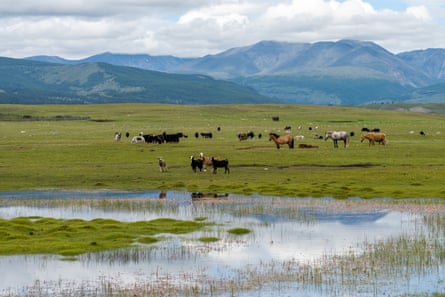
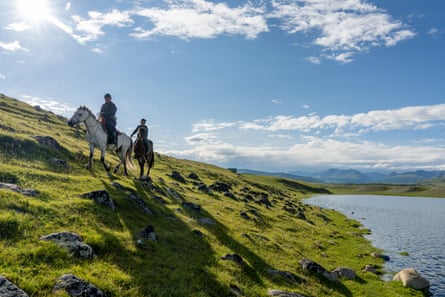

Due to its isolated location, national park designation, and sparse human population, the lake has maintained its unique characteristics and natural balance for hundreds of years. However, the ongoing effects of climate change pose a threat to the lake and the communities that depend on it. In Mongolia, air temperatures have risen by over 2C (3.6F) since 1940, which is more than twice the global average. This makes Mongolia one of the nations most impacted by the climate crisis.
Similarly, the herders and livestock in Mongolia are faced with challenges in adapting to the increasing temperatures on the surface, as are the fish inhabiting Lake Hovsgol.
Lake Hovsgol contains 10 types of fish, including the at-risk and unique Hovsgol grayling (Thymallus nigrescens). For the majority of the year, these fish are long, slim, and unremarkable, but during breeding season the males’ bodies transform into a shimmering blue color.
Over the last 15 years, researchers from Mongolia and the United States have collaborated to examine the effects of the climate emergency on Hovsgol grayling. Their discoveries are troubling. As a species that thrives in cold water, these fish are especially at risk from rising temperatures, according to Mendsaikhan Bud, an expert in fish biology at the Mongolian Academy of Sciences.
The Hovsgol grayling’s breeding streams are experiencing a decrease in water levels, causing concern for their spawning. According to Olaf Jensen, a professor at the University of Wisconsin-Madison, 80% of the 96 streams that lead to Lake Hovsgol are now dry during the crucial months when the fish migrate.
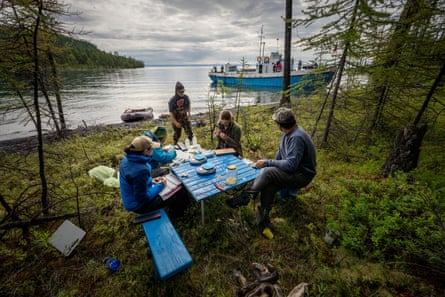
As the streams dwindle to only 20% of their original size, the fish that rely on them for spawning are at risk. Bud expresses concern about overfishing being a significant danger. The local herders near Lake Hovsgol have traditionally relied on fishing for survival during the spring season, as they prefer not to slaughter undernourished sheep at the end of winter.
During the spring spawning season, the most effortless fish to catch are the spawning grayling. This is achieved by placing gill nets in the streams. According to Jensen, this method takes advantage of the grayling’s accessibility and vulnerability as they make their way up the tributaries. Although gill net fishing is prohibited in the national park, subsistence fishing is permitted during this time.
While it may have been sufficient in the past, the practice of subsistence fishing has been affected by climate change and overgrazing, leading to an imbalance. In the area surrounding Lake Hovsgol, the frequency of storms has significantly increased since 1980, resulting in increased flooding and erosion of topsoil. Additionally, the grasslands in Mongolia have been heavily overgrazed, stemming from the collapse of the Soviet Union in the 1990s. These issues have made herding much more challenging.
In order to address these difficulties, herders have resorted to fishing within the national park. This not only provides them with a means of sustenance, but also allows for extra earnings. According to Jensen, there is a growing trend of individuals using fishing as a way to supplement their income by catching and selling fish.
According to Bud, Hovsgol grayling can now be purchased at several markets near the lake. Every year, approximately 33,000 fish are caught from the Har Us mineral spring, a well-liked tributary for both tourism and fishing.
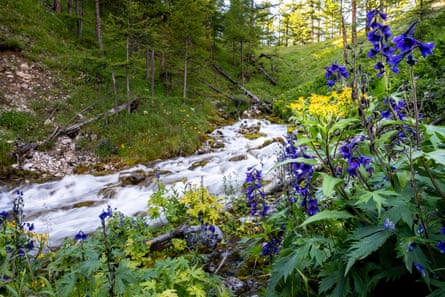
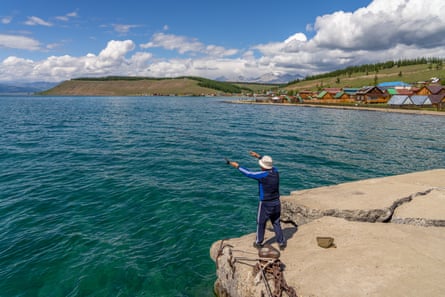
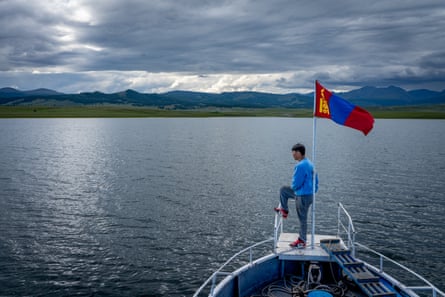
The dwindling tributaries and higher fishing activity are causing a noticeable effect: during interviews with nearby herders, Bud and Jensen found that the Hovsgol grayling population has significantly decreased.
The mean size of multiple fish types in the lake has also diminished. This may be influenced by excessive fishing, the removal of larger species, or the increased energy requirements on fish due to rising temperatures, leading to smaller fish with limited internal resources for growth. In a worldwide study of numerous animal and plant species in 2023, researchers discovered that numerous fish types were decreasing in size – a phenomenon they linked to the current climate emergency.
Protecting the Hovsgol grayling is crucial in order to preserve the delicate ecosystem of the lake and uphold the traditional practices of the nearby communities. However, this task presents difficulties. Despite efforts to prevent unlawful fishing during the non-spawning season, there is a limited number of park rangers to oversee such a vast territory.
Bud suggests that the laws and regulations regarding fish protection need to be enhanced as enforcement typically ceases once the fish have been caught and put up for sale. Due to the affordability and accessibility of gill nets, confiscation does not have a significant effect.
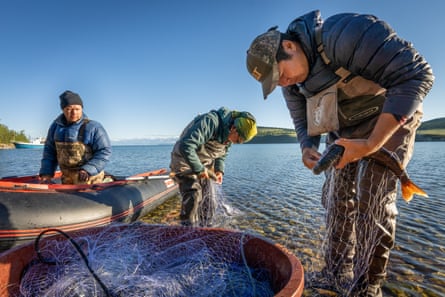
However, there is still hope for the Hovsgol grayling. Researchers have discovered that these fish not only spawn in tributary streams during the spring, but also along the lake’s shore in the summer. According to Jensen, this ability to adapt gives them some resilience against the effects of climate change.
Despite potential loss of tributaries or increased fishing activity in the streams, fish that spawn later in the lake may still survive.
-
Find more age of extinction coverage here, and follow biodiversity reporters Phoebe Weston and Patrick Greenfield on X for all the latest news and features
Source: theguardian.com

